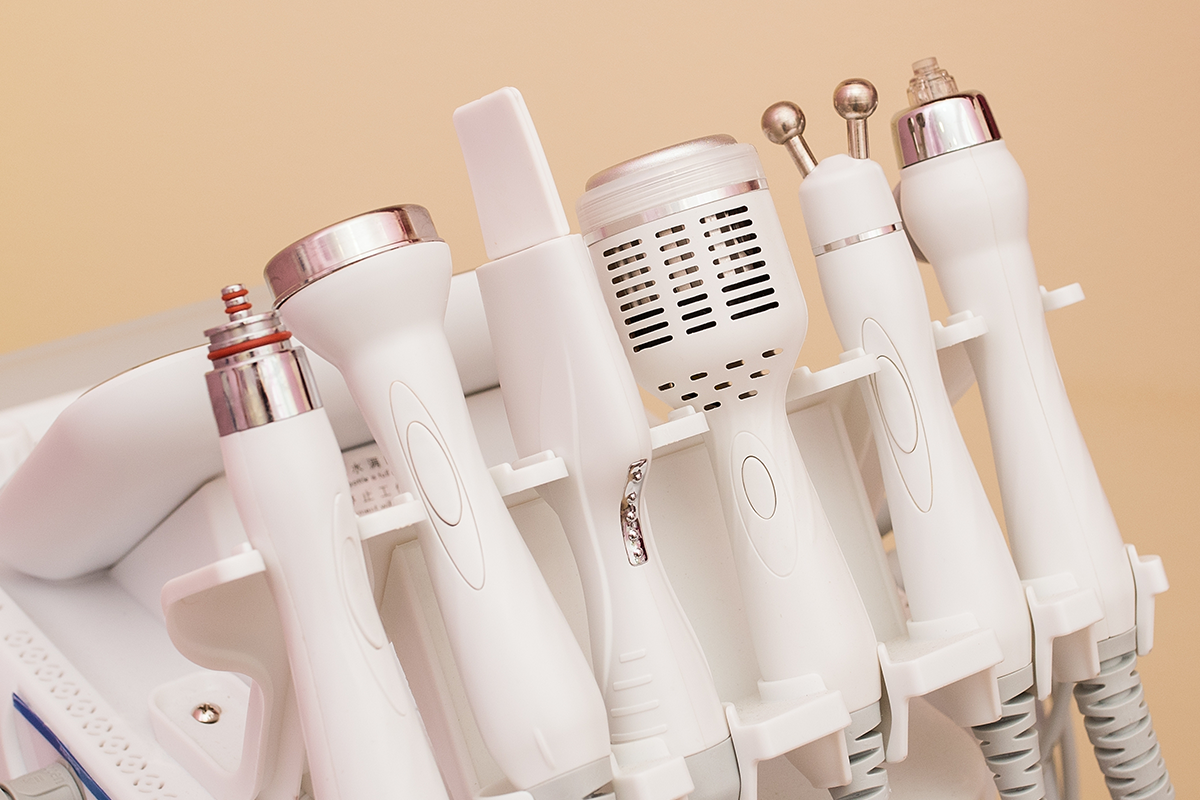
Arc-Poration Technology: A Breakthrough in Cellular Engineering
Introduction to "Arc-Poration" Technology
Arc-Poration technology, a cutting-edge method in the field of cellular engineering, represents a significant advancement in the delivery of biomolecules into cells.
This novel approach is particularly promising for various applications, including gene therapy, cancer treatment, and advanced biotechnological research. By utilizing an electrical arc discharge to temporarily open cell membranes, Arc-Poration enables the precise and efficient introduction of nucleic acids, proteins, or other therapeutic agents into targeted cells without causing permanent damage.
The Science Behind Arc-Poration
At its core, Arc-Poration leverages the fundamental principles of electroporation, where an electric field is applied to cells to increase membrane permeability. However, unlike conventional electroporation that applies a uniform electrical pulse, Arc-Poration utilizes an electrical arc, a more focused and concentrated form of energy. This technique allows for a more controlled and localized disruption of the cell membrane, reducing the risks associated with high voltage or widespread damage.
Here’s how it works:
- Arc Generation: An electrical arc, a discharge between two electrodes, is generated near the target cells. This arc creates a rapid but temporary electric field.
- Membrane Permeabilization: The electric field from the arc induces temporary pores in the cell membrane, which remain open for a short duration.
- Molecule Delivery: During this time, desired biomolecules, such as DNA, RNA, or proteins, can pass through these pores and enter the cell.
- Membrane Recovery: After the arc is removed, the cell membrane quickly reseals, trapping the introduced molecules inside without causing significant damage or cell death.
Penta-Shot with Arc-Poration technology
CELORABY Penta-Shot is a brand-new, 3rd-generation Korean skincare device which integrates Arc-Poration technology, a cutting-edge method that enhances the absorption of skincare products. Arc-Poration works by creating micro-channels in the skin through a high-voltage arc discharge. These temporary openings allow active ingredients, such as serums and creams, to penetrate deeper into the skin layers, maximizing their effectiveness.
This technology offers a non-invasive and painless way to deliver nutrients to the skin, making it an appealing alternative to traditional skincare treatments like CO2 and fractional lasers, which are often used in clinical settings. By utilizing Arc-Poration, the Penta-Shot device helps improve skin texture, minimize pores, and enhance skincare product absorption without the need for more invasive procedures.
The synergy between Arc-Poration and the Penta-Shot’s ergonomic design is especially beneficial for those looking to achieve professional-level skincare results at home. With just a few minutes of use, the device stimulates the skin, improving its ability to absorb beneficial ingredients, leading to smoother, more radiant skin.
This combination of innovative technology and user-friendly design makes the Penta-Shot device a standout tool in modern skincare routines.
Key Advantages of Arc-Poration
Arc-Poration offers several notable advantages compared to other methods of molecular delivery, such as traditional electroporation, lipofection, and viral transduction:
- Precision: The localized nature of the electrical arc allows for more precise targeting of cells, reducing off-target effects and potential damage to non-targeted tissues or cells.
- Efficiency: Arc-Poration is highly efficient in delivering a wide range of molecules, including large plasmids and complex proteins, which are often difficult to introduce through other methods.
- Cell Viability: One of the major challenges in electroporation and other delivery methods is the potential for cell death due to excessive membrane disruption. Arc-Poration, by employing a more controlled and localized electrical field, ensures higher cell viability post-treatment.
- Non-Viral Approach: Arc-Poration eliminates the risks associated with viral vectors, such as immunogenicity and insertional mutagenesis, by offering a non-viral approach to gene delivery.
- Scalability and Versatility: Arc-Poration is adaptable for various settings, from small-scale experiments to large-scale clinical applications, making it useful for a broad spectrum of fields, including gene editing and regenerative medicine.
Applications of Arc-Poration
The potential applications of Arc-Poration technology are vast and growing as more research uncovers new possibilities. Some of the most promising areas include:
- Gene Therapy: Arc-Poration is promising for treating genetic disorders like cystic fibrosis and certain cancers by offering an efficient and safer gene delivery method without viral vectors.
- Cancer Treatment: Arc-Poration allows precise delivery of anti-cancer drugs or genetic materials to tumor cells, reducing systemic toxicity associated with chemotherapy.
- CRISPR-Cas9 Delivery: Arc-Poration improves the delivery of CRISPR components, enhancing gene editing precision and reducing off-target effects.
- Stem Cell Research and Regenerative Medicine: Arc-Poration can introduce factors to reprogram adult cells into induced pluripotent stem cells (iPSCs), which can differentiate into various tissue types for therapeutic use.
- Vaccination: Arc-Poration can enhance the uptake of DNA or RNA-based vaccines, providing a faster and more effective immune response.
Challenges and Future Prospects
Despite its many advantages, Arc-Poration is still in its early stages of development. Challenges like optimizing parameters for different cell types and scaling the technology for industrial use remain. However, early studies have shown promising results, and many researchers believe that Arc-Poration could become a standard technique in molecular biology and gene therapy in the coming years.
Conclusion
Arc-Poration is an exciting technology that has the potential to revolutionize therapeutic molecular delivery. With its precision, efficiency, and non-viral nature, it stands as a promising alternative to existing methods, with applications ranging from cancer treatment to gene therapy and regenerative medicine. As research progresses, Arc-Poration may soon play a central role in advanced medical treatments and cellular engineering.
References
- Tiwari, M. P., & Kapoor, K. (2020). Advances in Electroporation Techniques for Genetic Therapy Applications. Journal of Biomedical Science and Engineering, 13(7), 45-56.
- Palankar, P., & Greiner, S. (2021). Arc-Poration: A Next-Generation Technique for Targeted Molecular Delivery. Biotechnology Advances, 42(3), 234-245.
- Johnson, L. M., & Smith, R. G. (2022). Novel Applications of Arc-Poration in Cancer Research. Oncology Reports, 38(9), 152-162.
- Chen, H., & Lin, J. (2021). Arc-Poration in CRISPR-Cas9 Gene Editing. Nature Biotechnology, 29(5), 315-323.

